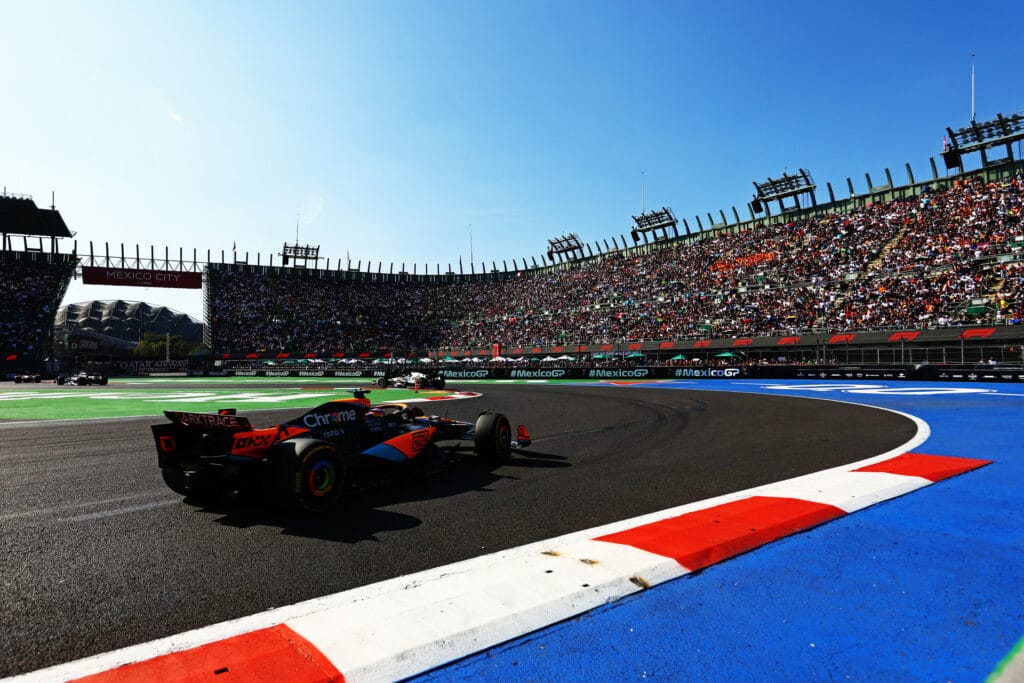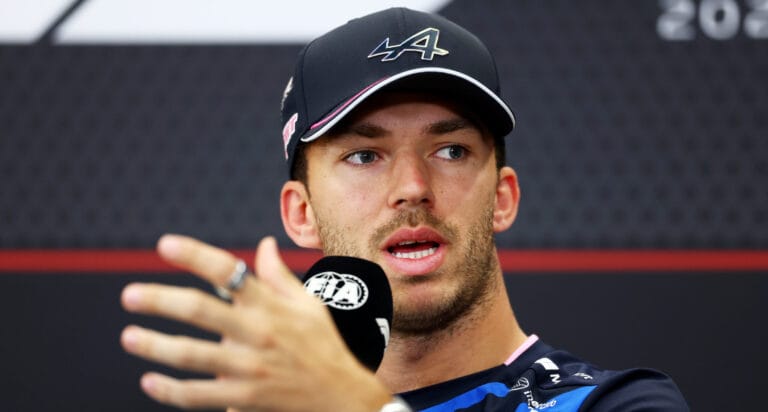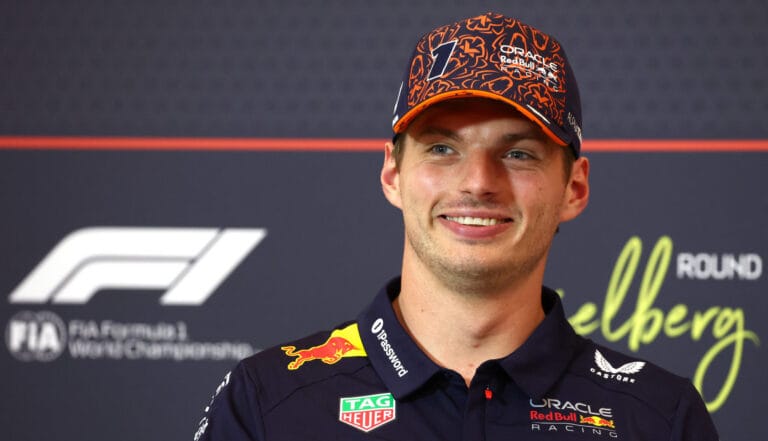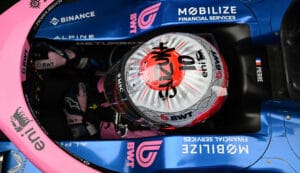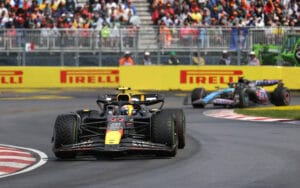Formula 1 has announced an extension of the second free practice session of the Mexican Grand Prix by 30 minutes, resulting in a total duration of 90 minutes. This modification is designed to accommodate a Pirelli tire test for the 2025 season.
Pirelli, the official tire supplier of the sport, has previously utilized such extensions. For instance, drivers tested the prototype 2023 tires during the 2022 United States Grand Prix in Austin, which also lasted 90 minutes.
Testing for Future Development
Pirelli aims to collect data from this test to aid in the further development of the tires ahead of Formula 1’s final season of the ground effect era. While all three practice sessions typically last for 60 minutes, the second practice session in Mexico has been extended specifically for this purpose. Teams will continue their regular preparations for the Mexican GP weekend, in addition to meeting Pirelli’s testing requirements.
There is increased interest among Formula 1 teams to test the 2026 tire, especially after Aston Martin recently conducted a test run on its 2023 AMR23 F1 mule car in Barcelona. With a new era of regulations commencing in 2026, F1 cars will be equipped with smaller and lighter tires than current models to promote closer racing.
Proceeding Despite Uncertainties
The test went ahead despite the 2026 F1 technical regulations still being under discussion, leaving the exact aerodynamic loads uncertain. Pirelli decided not to postpone the test, pressing forward to collect vital data for tire development.
Pirelli’s plans include reducing the width of the front tires by 25mm and the rear tires by 30mm. The tire diameter will also be decreased, moving from 720mm to a range of 705-710mm. However, the 18-inch rims from the current era will remain the same.
Pirelli recognized the challenge of maintaining fairness, as it needed to collaborate with a team for tire testing while ensuring that it didn’t provide an unfair competitive advantage in the process.
Pirelli’s Selection Process for Mule Car Testing
Aston Martin was chosen for the initial testing phase through a lottery system, as numerous teams expressed interest in participating. Mario Isola, Pirelli’s head of car racing, explained the selection process:
“There was a selection process – or a lottery process – because there was a number of teams who wanted to be part of this test programme. We were drawn first, so we are the first to do this.”
Ensuring Fairness and Relevance in Testing
Isola further elaborated on the considerations behind the selection:
“Obviously, on one side, they [the FIA] don’t want to give an advantage to anyone. On the other side, we need to have cars that are as much as possible representative of the 2026 situation. We will choose, together with the teams, a downforce level that is representative.”
“But this is the very first test. We are going to test the baseline to understand if the balance is correct. Obviously, we have simulations, and we have indoor testing, and we already released indoor data to all the teams, as usual, and we are going to distribute the report after the test with the teams too.”
Future Participation in Mule Car Testing
McLaren and Alpine are anticipated to participate in the first phase of mule car testing, with other teams expected to join in later stages of the development program.


